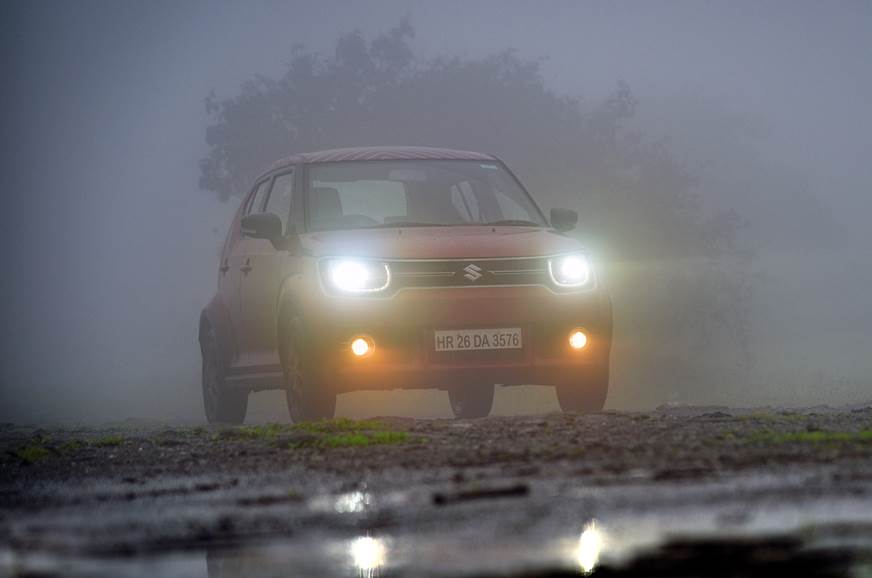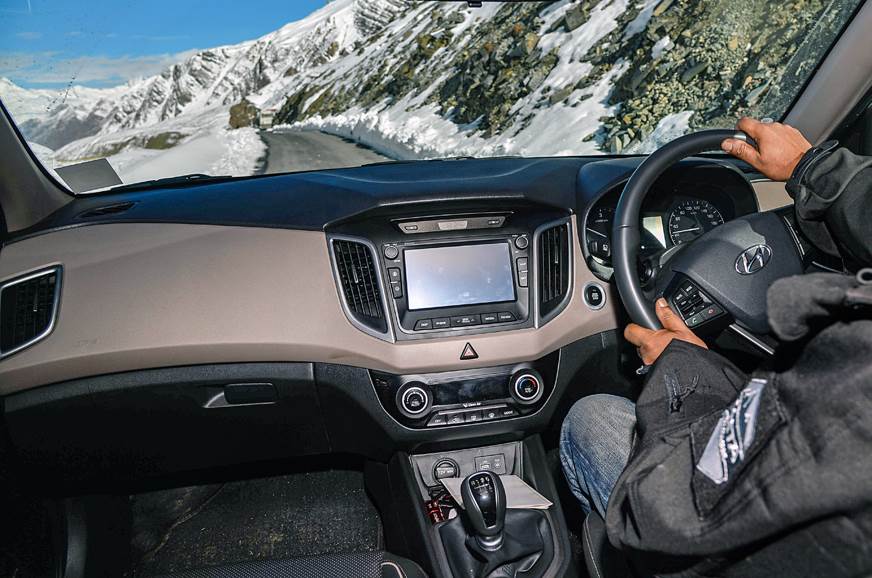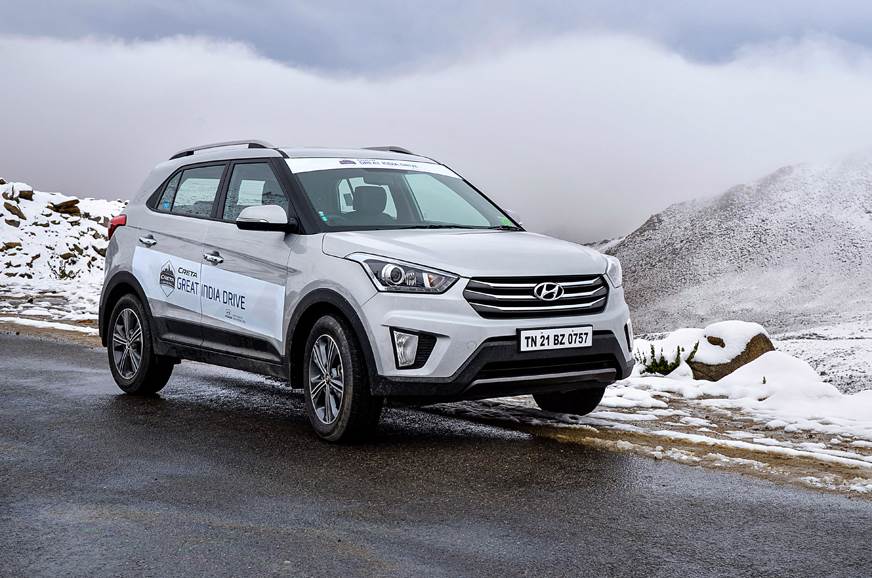Winter in India is something of a misnomer – the weather turns pleasant in some parts of the country, but in other regions, temperatures drop sharply and affect daily life in several ways. This dramatic change in climate means you need to take a few steps to keep your vehicle protected as well. In order to have a safe and comfortable drive this winter season, here are some points to bear in mind.
Winter car care tips
The most basic of necessities is to have your car maintained well. Get it serviced regularly and don’t skimp on replacing parts that show above average levels of wear and tear. This will help reduce chances of a vehicle breakdown.
Give it a thorough cleaning
Use lukewarm water to clean all the windows, wing mirrors, all light units (headlights, tail-lights, fog lamps, and others) to ensure good visibility. Do not use hot water, as the difference in temperature may cause glass to crack. In areas where snowfall is common, remove any snow that may have accumulated on the roof, so that it doesn’t slide onto the windscreen and obstruct the view while driving.

Reduce speed and use the headlamps and go lamps in low visibility conditions.
Give the electricals a check
All the lights – both outside and inside the car – should be kept working normally. To keep the cabin at an acceptable temperature, the climate control system should function well. The wipers blades should be changed if necessary and its motor serviced to keep the windscreen free of snow or debris. An addendum to keeping your wipers working is to have a full tank of the correct mixture of water and washer fluid.
Inspect the engine
Cold weather can affect battery performance and create problems while starting the engine. Replace the battery if it is old and get all the cables and leads checked. The engine oil and coolant should also be checked and changed if required, as lower temperatures could gum up fluids.
Brakes require a once-over
Stopping distances can be adversely affected in wet or snowy conditions, so have the brakes cleaned and serviced. Check and replace the brake pads if required and clean and grease the brake calipers if needed.
Monitor the tyres
Besides making sure that your tyres are in good condition (with adequate tread and no cuts or bubbles), make sure they are inflated correctly. An overinflated tyre increases the chances of skidding when driving in slippery conditions, while an underinflated one won’t provide adequate grip. Consider an upgrade to winter tyres or snow tyres, or even the use of snow chains; practice fitting these on the tyres so that you don’t get flustered trying to do it when you really need to use them.

Throttle, break and steering inputs should be gentle on slippery roads.
Winter driving basics
Driving in slippery conditions – which can be caused by ice, water, debris or an accident – is tricky. One must remember to be gentle with the accelerator, brake and steering so that sudden movements don’t result in a loss of control.
In case the car does skid on a bad patch, the first thing to do is stay calm and look at where you want to go. Then, steer in the direction of the skid; for example, when the rear end steps out towards the right, turn the steering towards the right to straighten the car.
When starting from standstill, increase vehicle speed slowly and avoid revving the engine in the lower gears as traction is less than normal. If your car has adequate torque, you can also consider starting off in a higher gear like second, but of course be careful not to damage your clutch. Some automatic gearboxes have a winter/snow mode that starts off the car in a higher gear and thus prevents wheel spin. Winter/snow engine modes too are available in some cars that limit the torque and feed in power gently.
Avoid changing direction, slowing down or accelerating suddenly mid-turn. Instead, brake well before the turn and accelerate after you have exited the corner.
Cold weather also creates fog and driving through it requires adjustments as well. Reduce speeds and use the fog lamps and the low beam of your headlight, as using high beam will create a lot of reflection on the fog and will only serve to strain your eyes. Remember to keep a good gap between you and the vehicle in front so that there is a buffer in case of a sudden stop.
Some places in India also see the formation of ‘black ice’, which is a thin layer of ice that forms over the road due to the melting and re-freezing of water. While difficult to detect, look out for road surfaces that appear glossy or shiny, and avoid them.
On an already slippery road, driving downhill requires one to keep a steady slow speed. Do not ride the brakes, instead use them sparingly and use engine braking to keep speed in control. In a manual, this can be done using a lower gear, and it can also be done in some automatics that have manual control. Otherwise there are also modes available that will prevent the auto gearbox from upshifting. Braking excessively or constantly feathering the brake pedal can cause the mechanism to overheat and fail.
Emergency essentials for winter driving
Sometimes, there is no escaping a mishap. Mother nature may just be in a bad mood or your car may suddenly break down due to an unforeseen issue. Therefore, it is recommended that some essentials be kept in the vehicle, in case the worst happens.

Keep safety essentials with you in case of an emergency.
Keep warm but get some fresh air too
A full fuel tank will help in case of a breakdown. You could run the climate control system to stay warm inside the car while waiting for assistance to arrive. However, remember to not do so in a basement or garage/shed, or even out in the open, all the time. Keeping an engine idling can cause the HVAC system to introduce harmful and poisonous gases like carbon monoxide into the cabin. Since it is a colourless and odourless gas, you won’t realise you are being poisoned. Keep some blankets or warm clothes just in case the climate control system fails or if you cannot use it.
Food and water
Some snacks and lots of extra water can help while waiting for help to arrive. A bit of food will ensure cooler heads prevail and the water will keep you from dehydration.
Battery packs and chargers
You’ll be in quite a pickle if your vehicle breaks down and your mobile phone battery runs out of juice. Keep a spare battery, have a fully charged battery pack and have a spare charger ready in the car.
Are there any steps you take to make your winter drives more comfortable? Share it with other readers in the comments!

